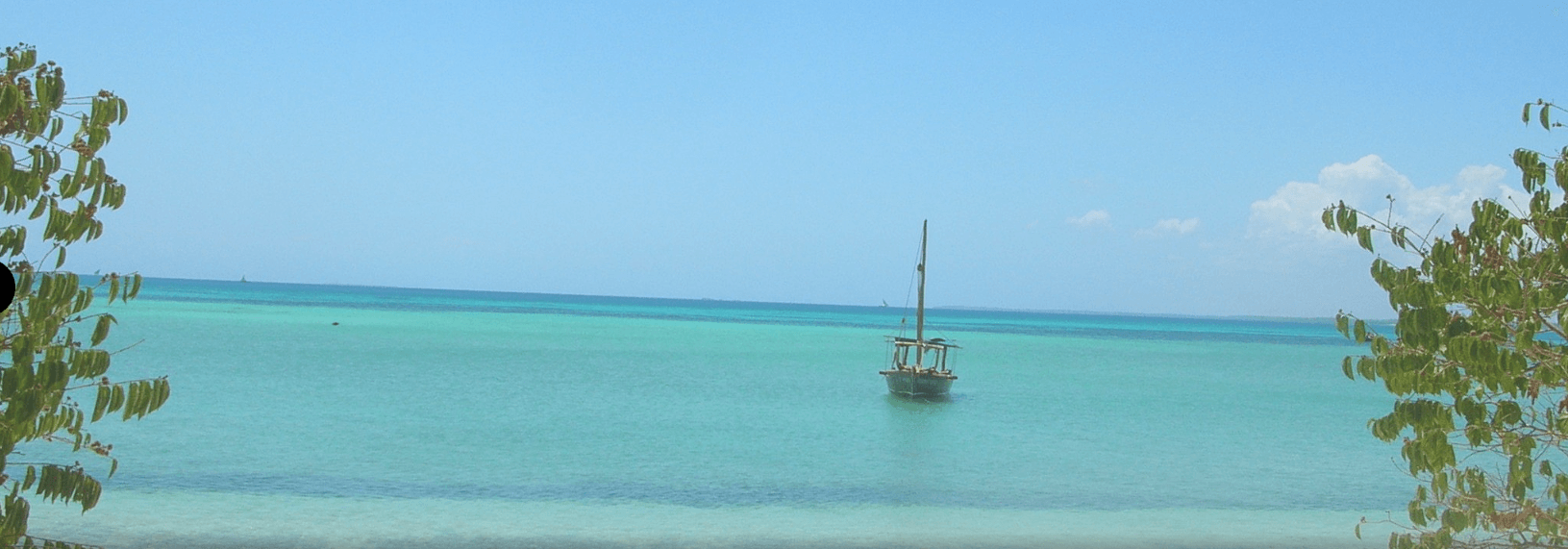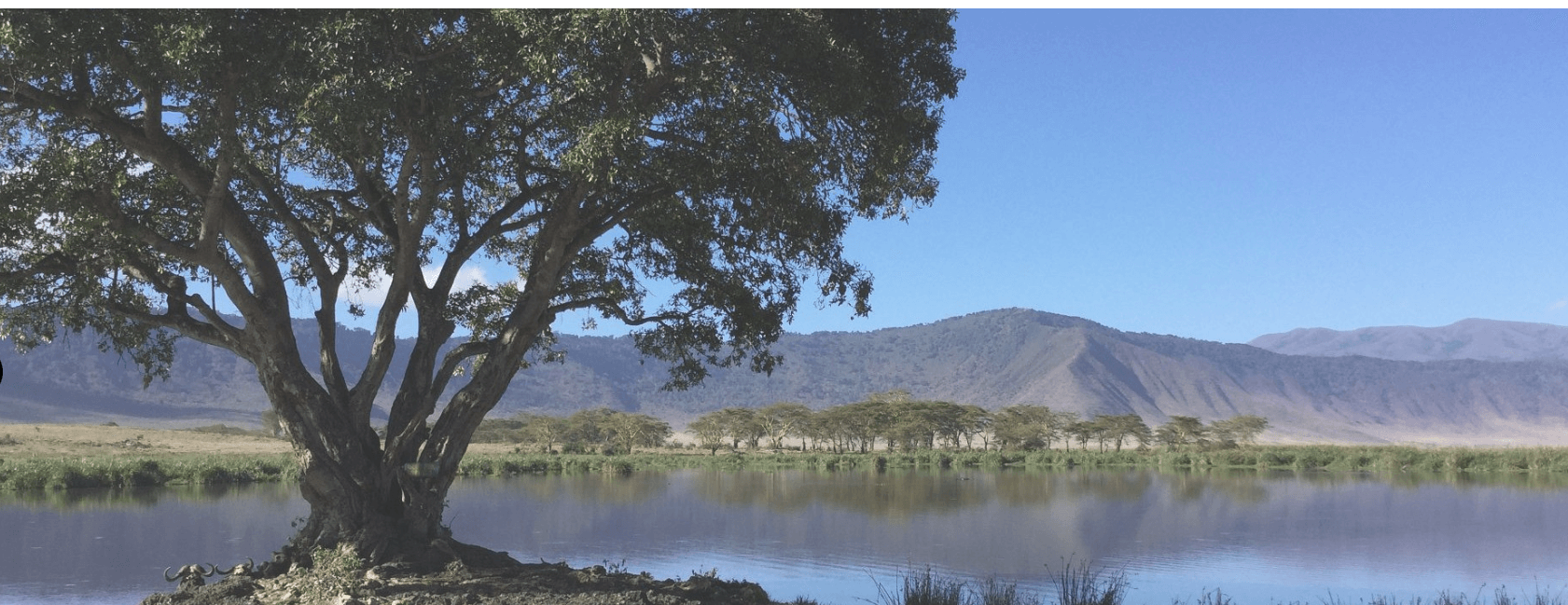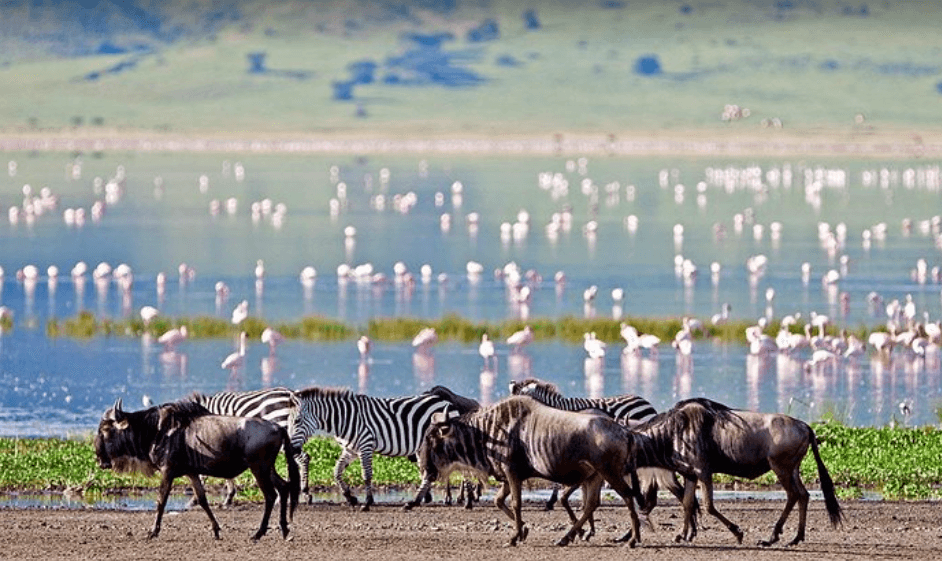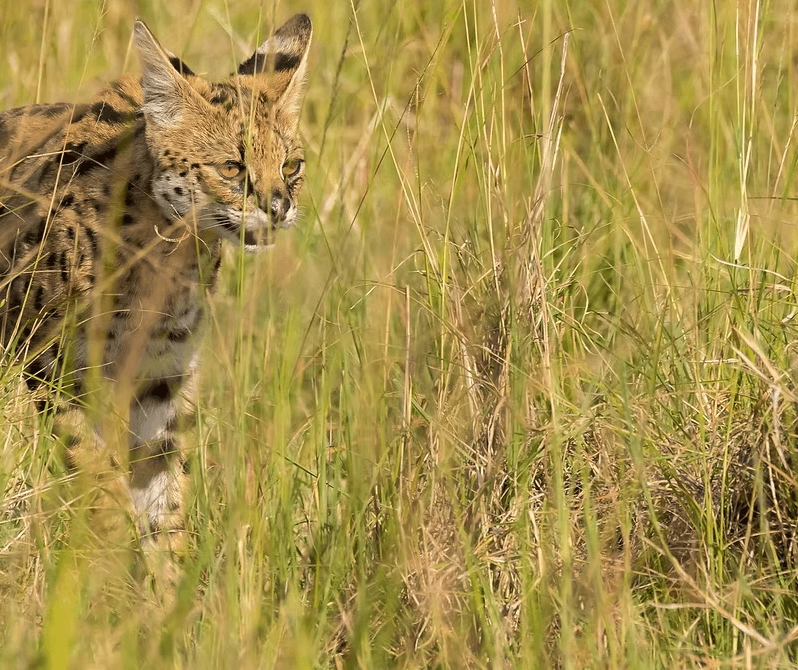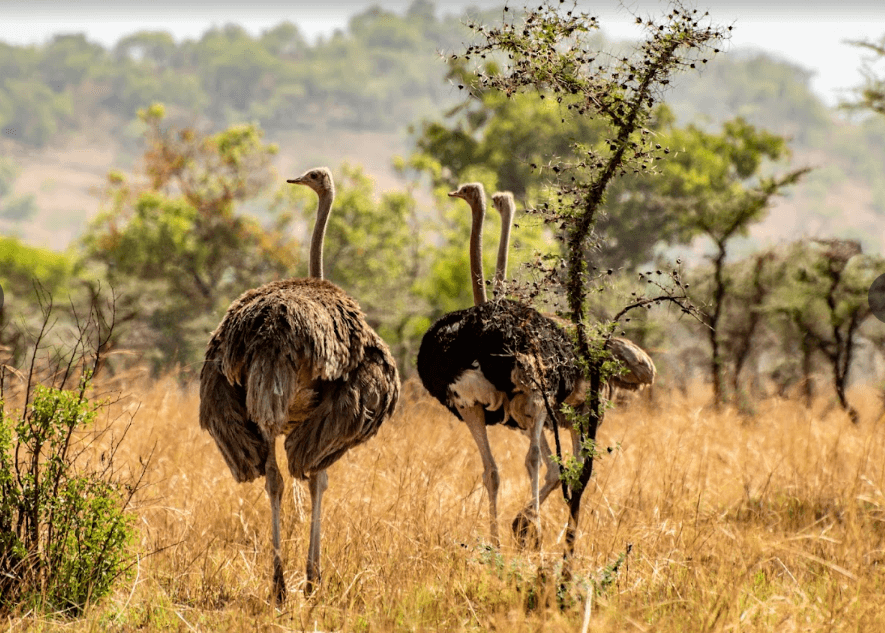Kidepo Valley National Park
Kidepo Valley National Park: Uganda’s Last True Wilderness
Nestled in the remote northeastern corner of Uganda, Kidepo Valley National Park is a place where the wild reigns and the crowds vanish. Often overshadowed by more famous safari destinations like Kenya’s Maasai Mara or Tanzania’s Serengeti, Kidepo remains Uganda’s hidden jewel—a park where unspoiled wilderness, dramatic landscapes, and deep-rooted cultures converge.
If you’re seeking an intimate safari experience away from the mainstream, Kidepo Valley National Park delivers something rare: solitude in the wild, unrivaled predator sightings, and a cultural connection that few places on earth can offer.
Predator Paradise with Minimal Tourism Pressure
Kidepo Valley National Park is widely considered one of Africa’s top destinations for predator sightings. With over 77 mammal species, the park is home to lions, leopards, cheetahs, hyenas, and jackals—all thriving in a raw, untamed environment.
Unlike the more commercialized safari parks, Kidepo offers unfiltered wildlife encounters. You’re not lining up with dozens of tour vehicles to catch a glimpse of a lion’s mane through binoculars. Here, you might be the only vehicle watching a lion hunt, with nothing but the wind and rustling grass to accompany you. This creates a rare and intimate connection with nature—something nearly impossible in more trafficked parks like the Maasai Mara or Serengeti.
Spotting Cheetahs in Uganda’s Only Cheetah Habitat
Kidepo is the only park in Uganda where cheetahs roam freely, often seen sprinting across the semi-arid plains of the Narus Valley. The open savannah provides ideal conditions for viewing these sleek predators, making Kidepo the ultimate destination for big cat enthusiasts.
Mount Morungole and the Sacred Ik People
Rising dramatically on the park’s eastern edge is Mount Morungole, a majestic peak that holds both ecological and spiritual significance. Beyond its breathtaking views lies something even more remarkable: the Ik people, one of Uganda’s smallest and most isolated ethnic groups.
Living on the mountain’s summit, the Ik tribe has preserved its unique customs and traditions for centuries. Trekking Mount Morungole isn’t just an adventure—it’s a cultural pilgrimage into a way of life untouched by modernity. Guided by local experts, visitors can hike through rugged terrain to reach Ik villages, where age-old rituals, dance, and storytelling paint a vivid picture of resilience and identity.
Kidepo’s Volcanic Past and Dramatic Topography
Kidepo Valley National Park spans 1,442 square kilometers of diverse and awe-inspiring landscapes. Its geological history is rooted in volcanic activity, which carved out the valleys, ridges, and seasonal riverbeds that define its scenery today.
From the semi-arid plains of the north to the lush forests of the south, Kidepo’s terrain constantly changes, offering photographers, geologists, and nature lovers a visual feast. The Labwor Hills, Narus Valley, and the stunning Kidepo River—dry most of the year but lined with towering borassus palms—highlight the park’s contrasting ecosystems.
This diversity creates habitats that support a wide range of species, from Rothschild’s giraffes and African elephants to hartebeest, bush duiker, and more.
Night Skies and Star Photography
One of the park’s most underrated features is its incredible night sky. Thanks to its remote location and absence of light pollution, Kidepo offers some of the clearest stargazing in East Africa. At night, the Milky Way arcs overhead, and constellations shine with stunning clarity.
For photographers, the night opens up a whole new world of possibilities. Long exposures reveal star trails above the silhouette of acacia trees, and the quiet hum of the wilderness makes the experience even more profound.
Whether you’re an amateur or a seasoned astrophotographer, Kidepo’s night skies are a canvas of cosmic wonder waiting to be captured.
Real Bush Camping – Not Just Glamping
While Kidepo features a few high-end lodges like Apoka Safari Lodge, its true charm lies in the opportunity to camp in the wild, far removed from luxury but deeply immersed in nature.
Unlike most African parks where camping happens behind electric fences or within manicured compounds, Kidepo’s bush camping is raw and authentic. Basic campsites are available, and you’ll fall asleep to the distant call of lions or the whoop of hyenas—not an audio loop, but the real thing.
For adventure seekers, this is the essence of safari: a primal experience under starlit skies, with a fire to keep you company and the wild all around you.
The Rhythm of Karamoja
The Karamoja region, where Kidepo is located, is home to some of Uganda’s most vibrant and resilient cultures. The Karamojong people are pastoralists known for their bold traditions, elaborate attire, and rhythmic dances.
Cultural tours allow you to experience village life, traditional music, and warrior dances, offering more than just a performance—it’s a true cultural exchange. You can also visit local markets, learn about indigenous crafts, and hear stories passed down through generations.
Engaging with the Karamojong isn’t just educational—it’s transformative. It provides context to the landscape, helping visitors understand the interplay between land, wildlife, and community.
The Most Photogenic Valleys in Uganda
If you’re a photographer or simply love stunning scenery, the Narus and Kidepo Valleys are among the most photogenic locations in all of Uganda. These broad, sweeping plains are framed by distant mountain ranges and dotted with acacia trees, wildlife, and seasonal waterholes.
In the early morning, mist rises gently from the valley floor, catching the golden light and creating a surreal, dreamlike atmosphere. In the evening, long shadows stretch across the plains as elephants and giraffes silhouette against the fiery African sunset.
Whether you’re capturing landscapes or wildlife action shots, every moment in Kidepo feels like a scene from a documentary.
What to Do in Kidepo Valley National Park
-
Best done in the early morning or late afternoon
-
Visit Narus Valley for elephants, buffaloes, zebras, and predators
-
Head to Kidepo Valley for ostriches, hot springs, and scenic views
Bird Watching
With 475+ bird species, Kidepo is a birder’s paradise. Look out for:
-
Karamoja apalis (endemic)
-
Abyssinian ground hornbill
-
Egyptian vulture
-
African swallow-tailed kite
Guided Nature Walks
Walk through Lomej Hills or along Narus River, accompanied by armed rangers and expert guides. Get up close to the flora and fauna and learn about tracking wildlife on foot.
How to Get to Kidepo Valley National Park
By Air
-
Charter flights available from Entebbe International Airport or Kajjansi Airfield
-
Flight time: Approx. 2 hours
-
Lands at Kidepo airstrip, just minutes from the park
By Road
-
Kampala–Gulu–Kitgum–Kidepo (approx. 571 km / 10–12 hours)
-
Kampala–Soroti–Moroto–Kidepo (approx. 700 km / 12–13 hours)
-
Kampala–Mbale–Soroti–Kidepo (approx. 740 km / 13–14 hours)
Though long, the road journey offers an adventure through diverse Ugandan landscapes and cultures.
Best Time to Visit Kidepo Valley National Park
-
Dry Seasons: December–February and June–September
-
Wildlife gathers around waterholes, and roads are more passable
-
Clear skies also make this the best time for photography and stargazing
Where to Stay in Kidepo
-
Apoka Safari Lodge – luxury experience with stunning views
-
Nga’Moru Wilderness Camp – mid-range with great access to the park
Camping
-
Basic bush campsites are available through the Uganda Wildlife Authority (UWA)
-
Bring your own gear or book through a tour operator
Why Kidepo Should Be Your Next Safari Destination
Kidepo Valley National Park is not just another safari park—it’s an experience that touches every sense. From the predator-rich plains and volcanic ridges to the sacred traditions of the Ik and the hypnotic drumbeats of Karamoja, Kidepo awakens your spirit of adventure.
It’s a place where the wild is still wild, where the night skies are unspoiled, and where you are more than just a tourist—you’re a witness to Africa’s raw beauty.
If you seek the ultimate off-the-beaten-path safari, put Kidepo Valley National Park at the top of your bucket list. It’s a journey into the heart of Africa that you’ll never forget.

